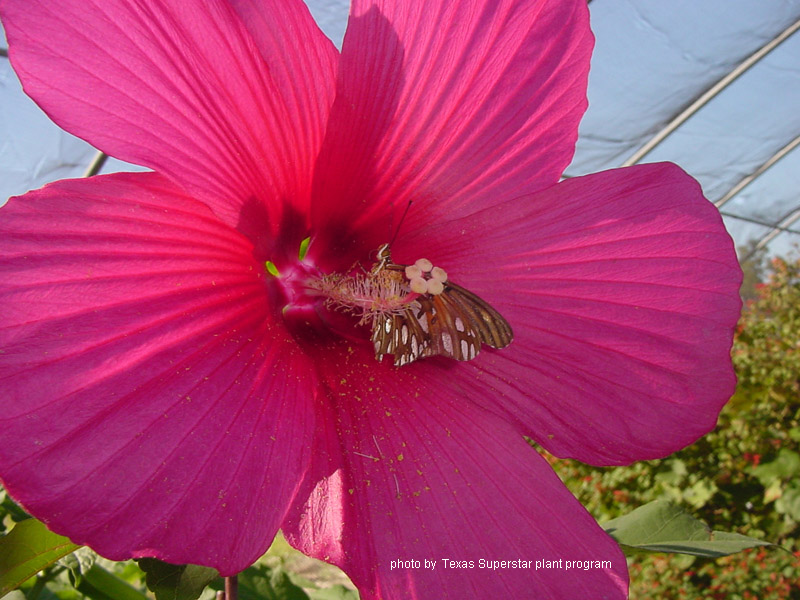My oak tree leaves have brown spots and are falling off. What’s wrong?
With all the rain and cloudy, cool, humid weather this year, many gardeners have oak tree leaves with brown splotches of dead areas. We could see that the brown splotches were actually preceded by light green blisters, and the affected leaves were malformed and twisted.
This damage is caused by oak leaf blister, a fungus that attacks the leaves of certain oak species as they are emerging in early spring. The spores of this fungus overwinter on the tree, but only become infectious if conditions are right for their development.
Cool, wet weather favors this pathogen, and we definitely had that this year, much more so than any spring in recent memory, which is likely why our outbreak seems to be especially prevalent this year.
This fungus only affects the first flush of growth in the spring, so leaves that develop later in the season won’t be affected at all.
In severe infestations, the tree may drop all of its leaves, but that usually doesn’t happen. And the infection doesn’t progress past the leaf tissue, so there’s no long-term damage to worry about. Just let the issue run its course. Oak trees will grow new leaves and recover quite quickly.

 Moy Grande hibiscus, also known as Texas giant hibiscus, plant was developed in San Antonio and is well-loved by many Texas gardeners.
And being hardy to zone 5, which is -20 degrees F, this wonderful plant has made its way much farther north as well.
Moy Grande is a hybrid descendant of the tropical hibiscus, which can’t survive winter of any sort, and hibiscus species native to the southern US, which have more tolerance for a bit of chill.
With flowers as large as a serving platter, it’s easy to see why so many gardeners love this hardy perennial.
For best growth, plant Moy Grande hibiscus in full sun and in a well-drained area of the landscape. Garden beds that have been amended with some compost or other organic matter to create rich, moist soil work best, but if planted in light shade and less ideal soil, Moy Grande will still do just fine.
Being a root hardy perennial, this plant will lose all of its leaves once cold temperatures arrive and the above ground stems will eventually die back as well. In late winter, cut all the above-ground portions back to the ground to allow all new growth to emerge from the roots.
As with many hardy, shrubby perennials, Moy Grande can get rather monstrous in just a few years, so give it plenty of space. When you buy this plant in a one-gallon container, it’s hard to believe that it will get 4 feet tall and 6 feet wide, but it will, and rather quickly. Once mature, those stems will become a bear to prune every spring, but most gardeners will agree that’s a small price to pay for such a beautiful, easy-care plant.
Moy Grande has no pest issues to speak of and requires very little water to survive and thrive. Those dinner-plate-sized flowers are also well-loved by bees and butterflies. Flowering from mid-summer through early fall, Texas giant hibiscus provides delightful color in the garden right through the hottest times of the year, when many other blooms have faded and withered under the harsh summer heat.
Moy Grande hibiscus, also known as Texas giant hibiscus, plant was developed in San Antonio and is well-loved by many Texas gardeners.
And being hardy to zone 5, which is -20 degrees F, this wonderful plant has made its way much farther north as well.
Moy Grande is a hybrid descendant of the tropical hibiscus, which can’t survive winter of any sort, and hibiscus species native to the southern US, which have more tolerance for a bit of chill.
With flowers as large as a serving platter, it’s easy to see why so many gardeners love this hardy perennial.
For best growth, plant Moy Grande hibiscus in full sun and in a well-drained area of the landscape. Garden beds that have been amended with some compost or other organic matter to create rich, moist soil work best, but if planted in light shade and less ideal soil, Moy Grande will still do just fine.
Being a root hardy perennial, this plant will lose all of its leaves once cold temperatures arrive and the above ground stems will eventually die back as well. In late winter, cut all the above-ground portions back to the ground to allow all new growth to emerge from the roots.
As with many hardy, shrubby perennials, Moy Grande can get rather monstrous in just a few years, so give it plenty of space. When you buy this plant in a one-gallon container, it’s hard to believe that it will get 4 feet tall and 6 feet wide, but it will, and rather quickly. Once mature, those stems will become a bear to prune every spring, but most gardeners will agree that’s a small price to pay for such a beautiful, easy-care plant.
Moy Grande has no pest issues to speak of and requires very little water to survive and thrive. Those dinner-plate-sized flowers are also well-loved by bees and butterflies. Flowering from mid-summer through early fall, Texas giant hibiscus provides delightful color in the garden right through the hottest times of the year, when many other blooms have faded and withered under the harsh summer heat.